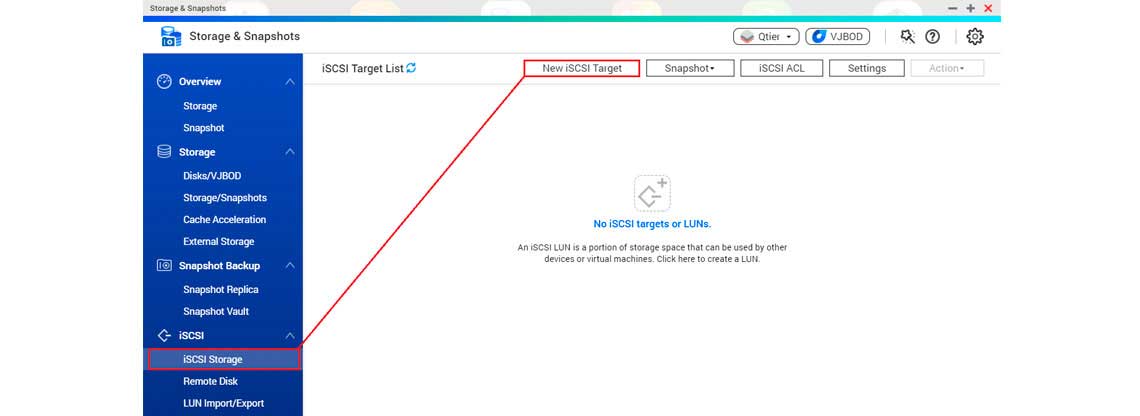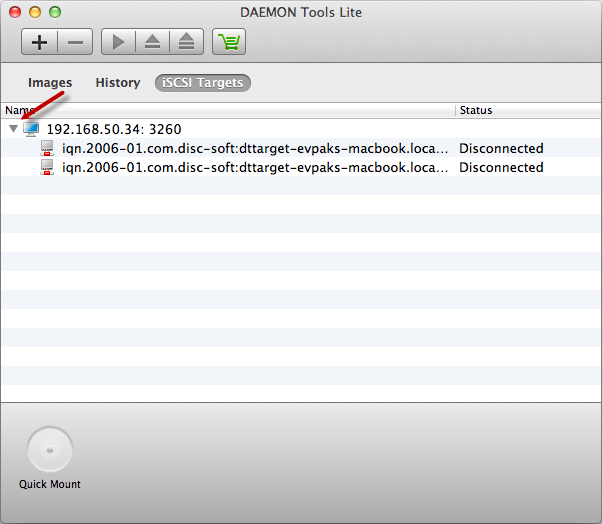

Iscsi Mac Os X Server
Provides instructions for configuring and connecting to an iSCSI target with Mac OS iSCSI stands for 'Internet Small Computer Systems Interface'. ISCSI is an extension of the standard SCSI storage interface that allows SCSI commands to be sent over an IP based network. Download system profiler for mac. How to use iSCSI on Mac OS X iSCSI is a network storage protocol that allows sending and receiving of SCSI commands over a TCP/IP network. This allows you to leverage Ethernet, a low cost network medium to get SAN performance and network based storage.
VideoCollage is not your classic photo collage, it's a video collage app that can add photos and music into the mix. There are free collage apps on the Web that are superior to this app. This app set a record on my Mac for being uninstalled in the shortest possilble time. It's basically just a. Mac App Store is the simplest way to find and download apps for your Mac. To download apps from the Mac App Store, you need a Mac with OS X 10.6.6 or later. 30 free macOS apps every Mac user should have From useful utilities to handy archivers and transcoders, here are 30 free yet powerful macOS apps you can download today. Find the best video software for Windows, Mac, and mobile, whether you want to be the next YouTube star or just need a great media player for watching movies. These apps help you capture video. Google Duo is a free, simple video calling app that brings you face-to-face with the people who matter most. Group call with 32 participants today. Try Duo for web Try Duo Be together in the moment with Google Duo. Duo is the highest quality 1 video calling app. It's free, simple and works on Android phones, iPhones, tablets, computers,. Video apps for mac.
Iscsi Mac Os X Free

Iscsi Mac Os X Server
Provides instructions for configuring and connecting to an iSCSI target with Mac OS iSCSI stands for 'Internet Small Computer Systems Interface'. ISCSI is an extension of the standard SCSI storage interface that allows SCSI commands to be sent over an IP based network. Download system profiler for mac. How to use iSCSI on Mac OS X iSCSI is a network storage protocol that allows sending and receiving of SCSI commands over a TCP/IP network. This allows you to leverage Ethernet, a low cost network medium to get SAN performance and network based storage.
VideoCollage is not your classic photo collage, it's a video collage app that can add photos and music into the mix. There are free collage apps on the Web that are superior to this app. This app set a record on my Mac for being uninstalled in the shortest possilble time. It's basically just a. Mac App Store is the simplest way to find and download apps for your Mac. To download apps from the Mac App Store, you need a Mac with OS X 10.6.6 or later. 30 free macOS apps every Mac user should have From useful utilities to handy archivers and transcoders, here are 30 free yet powerful macOS apps you can download today. Find the best video software for Windows, Mac, and mobile, whether you want to be the next YouTube star or just need a great media player for watching movies. These apps help you capture video. Google Duo is a free, simple video calling app that brings you face-to-face with the people who matter most. Group call with 32 participants today. Try Duo for web Try Duo Be together in the moment with Google Duo. Duo is the highest quality 1 video calling app. It's free, simple and works on Android phones, iPhones, tablets, computers,. Video apps for mac.
